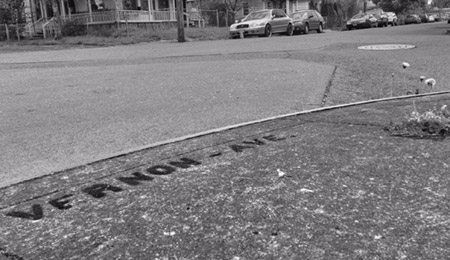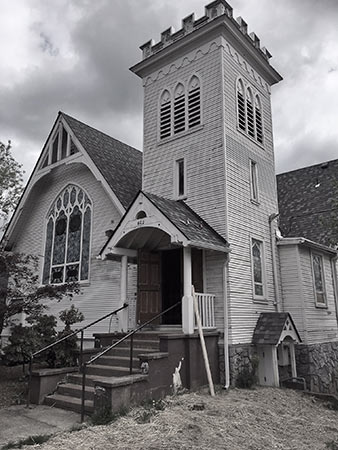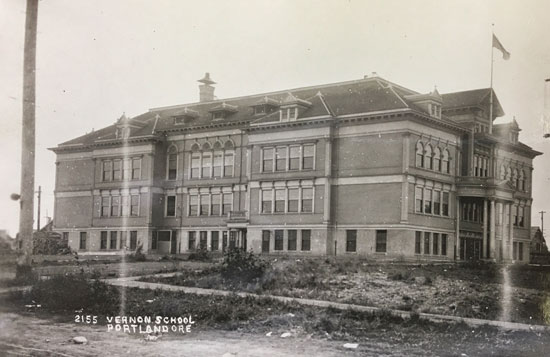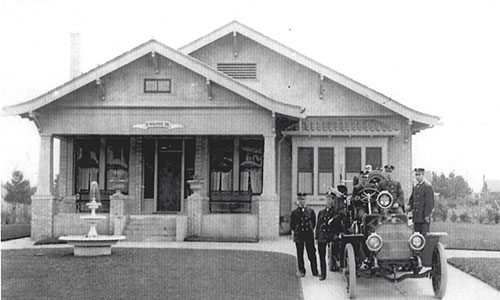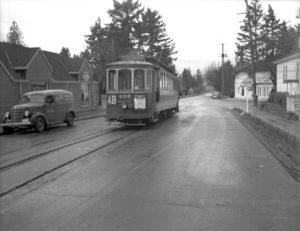By Doug Decker | Historian
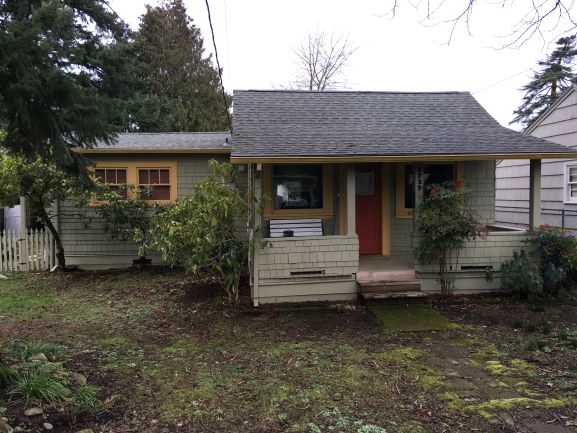
I’ve been fortunate recently to spend some time with Jeanne Allen, a 98-year-old neighbor whose sharp and clear memory reaches well back into her childhood days here in northeast Portland.
As we chatted about change during a recent drive through the neighborhood, Jeanne talked about how different things were around here in the early years. Pointing out a small home toward the back of one lot, she said something that required some follow-up:
“I sure hate to see the orchard houses going away.”
Wait. What’s an orchard house? We’ve never heard that term. We want to know more.
When Jeanne and her husband Bob built their home in Concordia back in 1950, they were surrounded by orchards of cherries, apricots, pears and apples that were planted in the early 1900s.
Most of the streets in the surrounding area between Prescott and Killingsworth streets and 42nd and 33rd avenues weren’t paved. Some hadn’t even been constructed.
Jeanne remembers simple small buildings scattered out among the orchards that served as temporary quarters for those tending the orchards during the year and harvesting during the fall. She didn’t call them shacks, but that’s a term that comes to mind.
She and her family always called these little places “orchard houses,” which was a commonly known term and function during those years.
They took a simple form:
• Shed-roofed front and back porch
• Entry door in the middle and a backdoor lined up out the back
• Bedroom and window on one side
• Open living space on the other • Maybe a counter for food preparation
• Often oriented in an unusual way on the lot, either toward the back or sitting at an angle
Pictured is one Jeanne knows for certain was an orchard house. In fact, she remembers the actual nearby orchard. Plumbing was added to the house in 1924, when it was described as an old one-story frame residence.
Do you know of any orchard houses? There are likely just a small handful left and we’d like to document them and explore their stories. If you have one in mind – or think you know a candidate – send along a photo or address c/o CNewsEditor@ConcordiaPDX.org.
Doug Decker initiated his blog AlamedaHistory. org in 2007 to collect and share knowledge about the life of old houses, buildings and neighborhoods in northeast Portland. His basic notion is that insight to the past adds new meaning to the present. If you have a question for him to answer in CNews, send it to CNewsEditor@ConcordiaPDX.
Ask the Historian is a CNews standing feature that encourages readers to ask questions about the history of the neighborhood and its buildings. Is there something you’ve wondered about? Drop a line to CNewsEditor@ConcordiaPDX.org and ask Doug Decker to do some digging.

